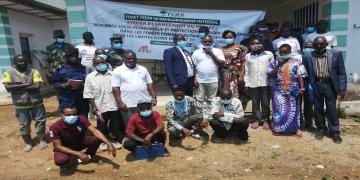Multiple-use zoning
Zone assignment by objective rather than by activities
Coordinated-based zone boundaries
Biophysical, socio-economic & management planning principles
Use and limitations of decision support systems/tools
Working with the best available information/knowledge
